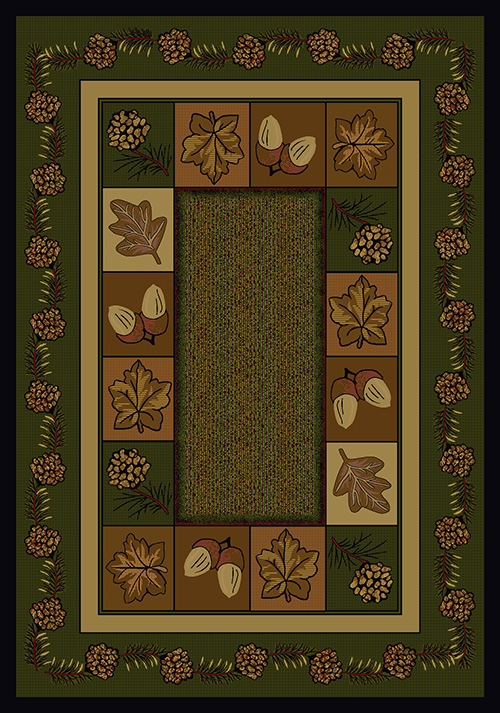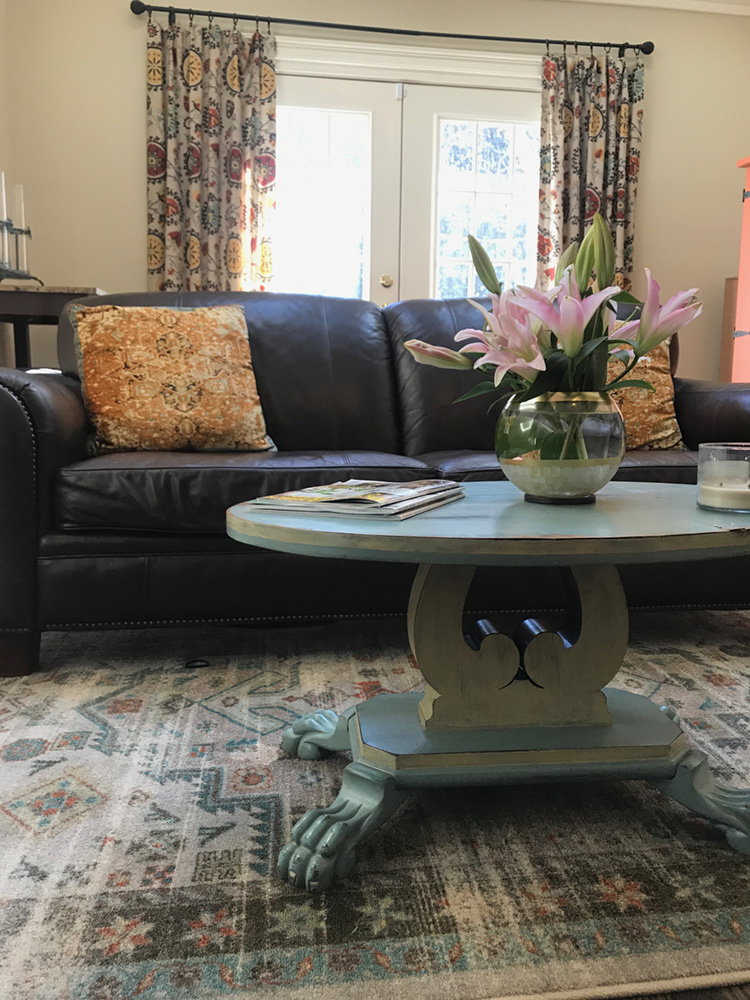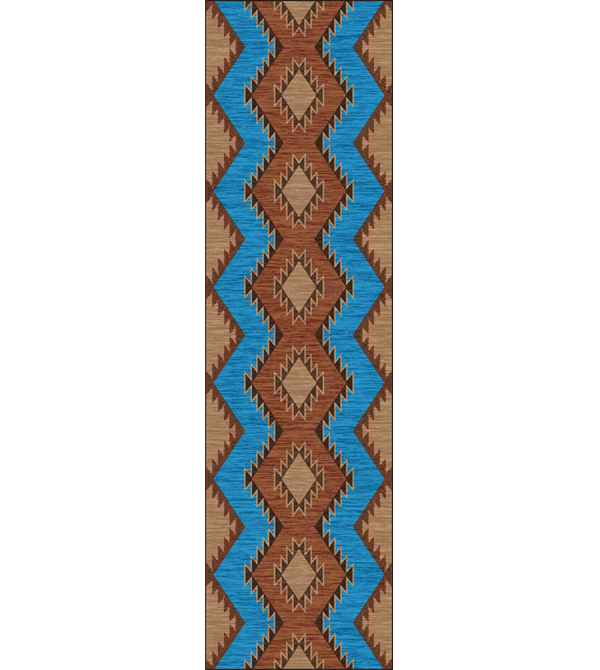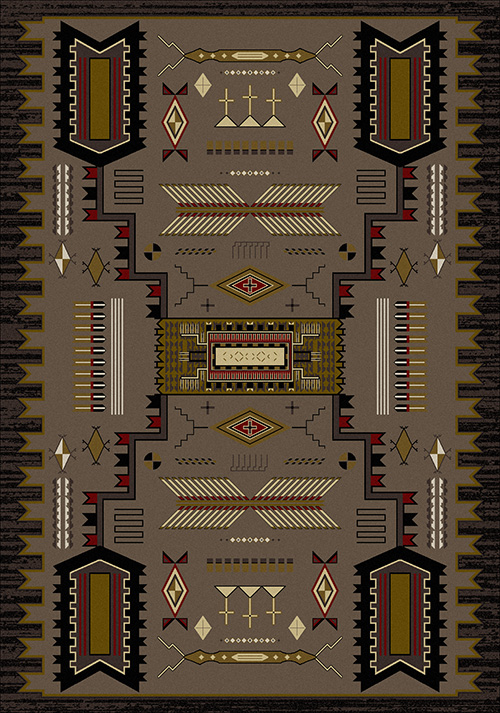
identifying native american rugs
They had multiple uses as both coats and as blankets and showcased a variety of colors and designs. As a result of their durability, versatility, and decorative patterns, Navajo blankets became an item of value. Subsequently, the blankets were pricey. Those with the means, such as tribal chiefs, valued the blankets and wore them often, including for ceremonial reasons, per PBS. As they continued to improve and hone their blanket-weaving skills, the Navajo started to evolve their techniques. It resulted in blankets with more styles and colors, and more elaborate designs — all of which took a dedicated amount of time, says the Traditional Fine Arts Organization. They soon grew their product output from blankets and wraps to rugs, and the demand for both continued to increase. Traders, in particular, drove this demand, and it further influenced regional designs. Eventually, the Navajo even started to feature their gods and spiritual figures in their woven creations. By the 19th century, a Navajo blanket cost around $100 to $150 — that's during a period when men made about $5 a week, according to PBS. Today, people can purchase Navajo blankets or rugs from anywhere between under $500 to several thousand dollars (via Navajo Rug).


